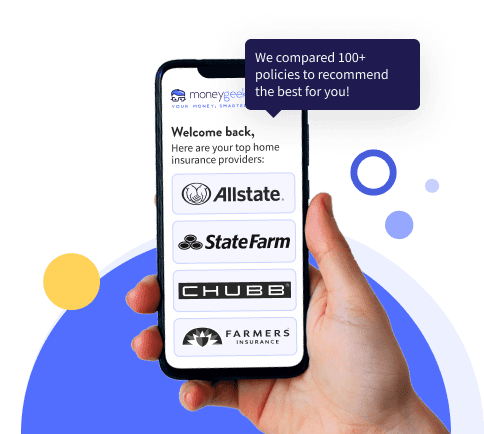MoneyGeek compared State Farm and Allstate homeowners insurance using a custom scoring model that measures affordability, customer satisfaction and coverage strength.
- Affordability: Allstate has a slight edge in pricing, averaging $2,381 per year compared to State Farm’s $2,454.
- Customer Experience: State Farm leads in service quality, earning a 4.58 out of 5 for customer satisfaction and claims support.
- Coverage: State Farm also performs better in coverage, scoring 4.03 out of 5 versus Allstate’s 3.69.



